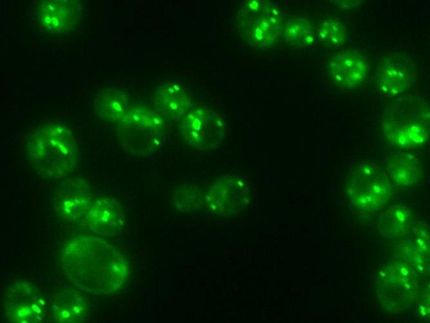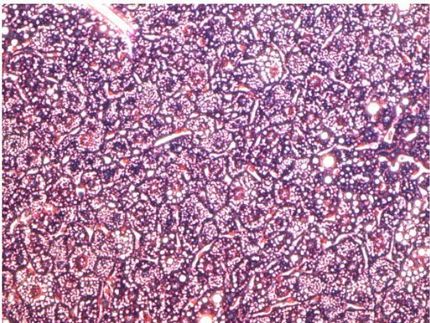Scripps research team defines new painkilling chemical pathway
Discovery could lead to new pain treatments
Advertisement
Marijuana kills pain by activating a set of proteins known as cannabinoid receptors, which can also regulate appetite, inflammation, and memory. The body also has chemicals known as endocannabinoids that naturally activate these same receptors, namely N-arachidonoyl ethanolamine (AEA) and 2-arachidonoylglycerol (2-AG). These natural components of the cannabinoid system remain the focus of intense efforts to develop new treatments not only for chronic pain, but also for obesity, anxiety, and depression. However, until the new paper, specific methods to study 2-AG signaling have been lacking.
AEA's activity has been well understood for years. In past research, Cravatt and his team identified an enzyme called fatty acid amide hydrolase, or FAAH, that breaks down AEA, effectively reducing its pain killing activity. A number of compounds are now in clinical development that target and breakdown FAAH, allowing AEA to build up, reducing pain. However, FAAH does not control 2-AG metabolism in vivo, and therefore, the potential biological functions and therapeutic potential of this second endocannabinoid have remained largely unknown.
Teasing out 2-AG's specific impacts have proven challenging. Comparable to FAAH, an enzyme called monoacylglycerol lipase (MAGL) breaks down 2-AG. But, despite numerous attempts, no group had been able to develop a chemical that inhibits MAGL specifically.
"The tools — selective and efficacious MAGL inhibitors — just weren't there, " says Jonathan Long, a graduate student of the Scripps Research Kellogg School of Science and Technology who is a member of the Cravatt lab and a first author of the new paper.
But now, a MAGL-specific inhibitor is finally available, thanks to the lab's new work. Key to this success was Activity-Based Protein Profiling, a unique chemical technique the group devised and has used fruitfully in other inhibitor hunts. This system enables the rapid engineering and testing of chemical compounds against many members of enzyme families, in hope of finding effective and selective inhibitors.
For this project, the group developed about 200 compounds and found that one was a highly effective block for MAGL. The scientists dubbed the compound JZL184, named after Long's initials and the order in the series of potential inhibitors tested. JZL184 effectively blocks only MAGL among more than 40 related brain enzymes, which opened the door for the first definitive study of 2-AG's activity.
Unlike increased AEA, which causes only reduced pain sensation, the team found that MAGL inhibition using JZL184, and the resulting increase in 2-AG concentration, not only reduced pain in mice, but also induced other effects associated with the cannabinoid receptors, namely hypothermia and decreased movement.
"This really does suggest a sort of segregation of labor, if you will," says Cravatt of the differential effects of elevating AEA versus 2-AG as part of the overall function of the cannabinoid system. "That, I think, is a truly unique result."
While treatments based on inhibiting FAAH show great promise for controlling pain, manipulating MAGL levels could also be a boon for treatment development, especially if 2-AG's other effects, such as hypothermia, can be managed.
"There are so many different types of pain," Cravatt says, "that it's possible some types could be more effectively treated with one treatment than another."
























































